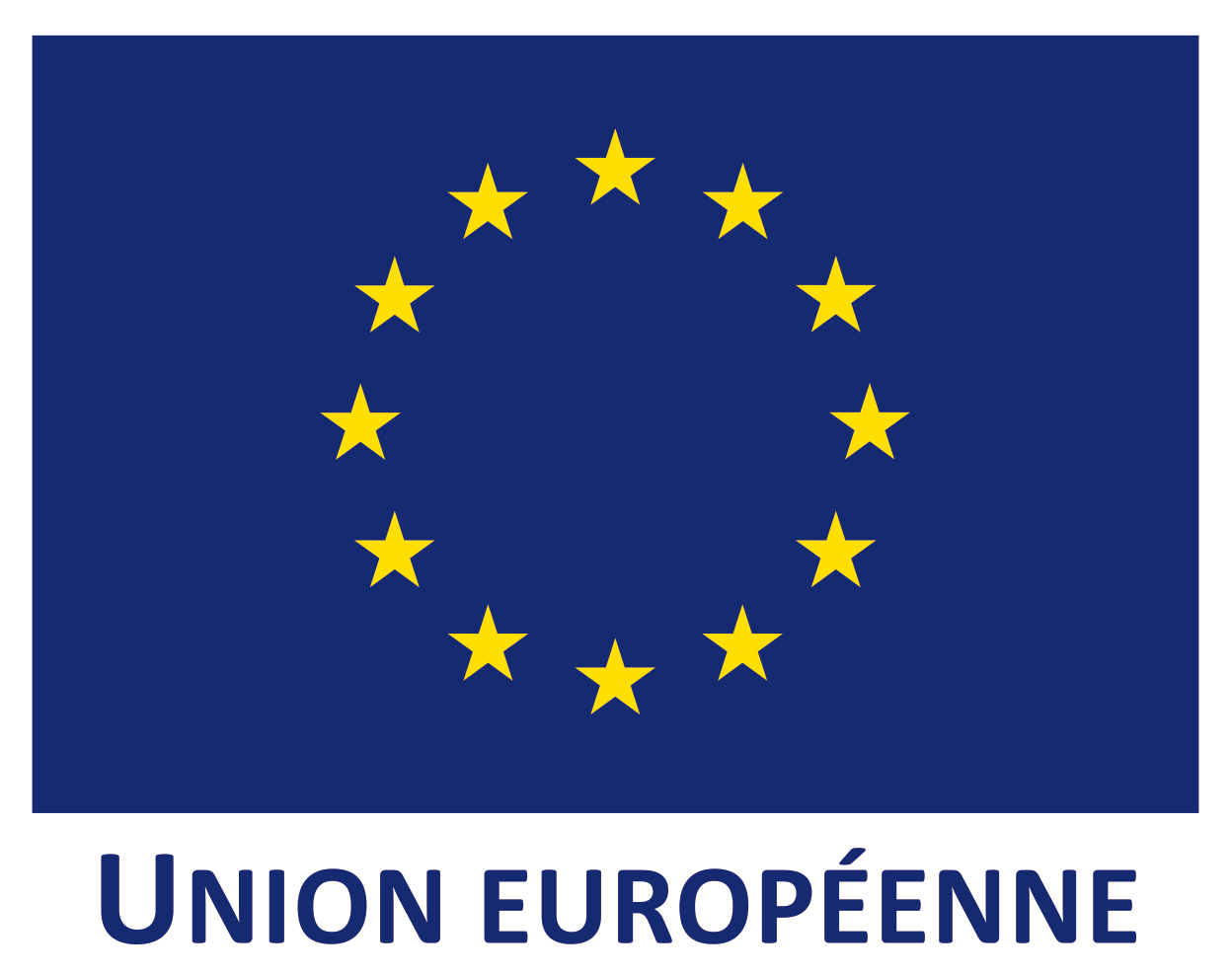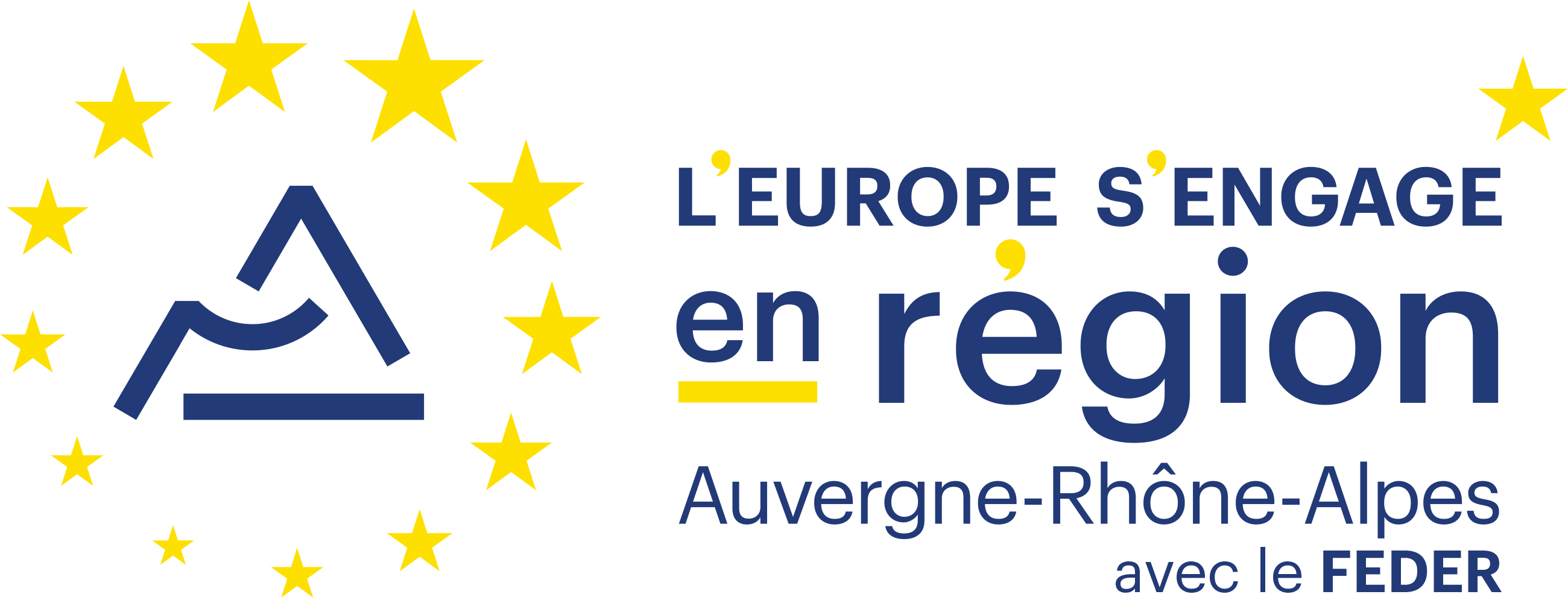Projet MyHeartSentinel
Développement d'un dispositif trans-gastrique pour l'investigation cardio-respiratoire
Le projet MyHeartSentinel est né des recherches menées par l'équipe PRETA de TIMC, ainsi que du LRB (Laboratoire Radiopharmaceutiques Biocliniques, UGA - Inserm U1039) et de l'UNH (Unité de Nutrition Humaine, UCA - INRAE).
Ce projet est cofinancé par l’Union européenne avec le Fonds européen FEDER.
![]() CONTEXT
CONTEXT
|
Heart Failure (HF) is a public health issue as well as an uncontrolled cost item. Expenditure related to this syndrome is estimated at 2.9 billion euros in France in 2015, i.e. 2% of healthcare expenditure, with hospitalisation costs accounting for 75% of total expenditure. This syndrome is often associated with co-morbidities such as atrial fibrillation (31%), diabetes (44%), coronary syndrome (33%), and hypertension (71%). The prevalence of HF is nearly 1 million people in France, i.e. 1.5% of the population, and the average age of onset of HF is 73.5 years. HF is a serious illness: in the Framingham study, which followed patients in clinical HF for a median of 15 years, the mortality at 1 year of patients in stage IV of the NYHA classification was 40% and the survival rate at 5 years was only 25% in men and 38% in women. HF is responsible for a large number of hospitalizations. Between 2002 and 2008, the number of patients hospitalized for HF increased by 14.4%, mainly due to the increase in the French population and its aging. After hospitalisation, the risk of re-admission to hospital is highest during the first weeks after discharge and in the majority of cases this re-admission is linked to a congestive flare-up. These hospitalizations are associated with a significant risk of mortality; the median survival after a second hospitalization is approximately 1.5 years. In order to improve the vital prognosis and reduce rehospitalisations, optimal management of patients hospitalised for acute decompensation is essential during hospitalisation. The clinical and therapeutic objectives of discharge are in fact rarely achieved with the frequent persistence of congestion, the absence of organisation of ambulatory follow-up and the absence of titration of the recommended drugs while this period is critical for the reduction of morbidity and mortality. The impact of ambulatory follow-up is then major, and intensive and continuous telemonitoring of certain variables during this critical period could allow better management of these patients. A reduction in 1) the number of hospitalizations related to HF, 2) the number of deaths, and 3) the costs associated with the management of these patients through telemonitoring of cardiorespiratory parameters has been clearly demonstrated.
|
![]() OBJECTIVES
OBJECTIVES
|
The idea is to propose an innovative, reliable, minimally invasive and safe method, using natural pathways, easily acceptable in the long term by the patient, to detect a relapse of HF very early (up to 30 days before the first clinical signs), in an efficient (sensitive and specific) way, and to transmit an alert allowing to trigger an appropriate management in order to avoid hospitalization or to schedule it in order to avoid complications for the patient and dramatic medico-economic consequences for the health care system. The specific objective of the myHeartSentinel project is to prepare the clinical trial phase for the CE marking of the device, by providing experimental evidence of the feasibility of early detection of HF by a miniaturised device implanted in the stomach wall of mini-pigs with experimentally induced IC, and to use this evidence to prepare the wide dissemination of this innovation.
This specific objective can be broken down into 4 sub-objectives (2018-2021): - Design, manufacture and testing of a "multimodal digital implantable stethoscope". - Automated interpretation of the collected multimodal signals. - Proof of concept in animal model (Miniporc). - Preparation for industrialization. |
Partenaires du projet
- UMR 5525 UGA-CNRS TIMC (Recherche Translationnelle et Innovation en Médecine et Complexité)
- UMR1039 UGA-INSERM LRB (Laboratoire Radiopharmaceutiques Biocliniques)
- UMR1019 UCA-INRAE UNH (Unité de Nutrition Humaine)
- SentinHealth, Jeune Entreprise Innovante (JEI)
- Société ICALPS


